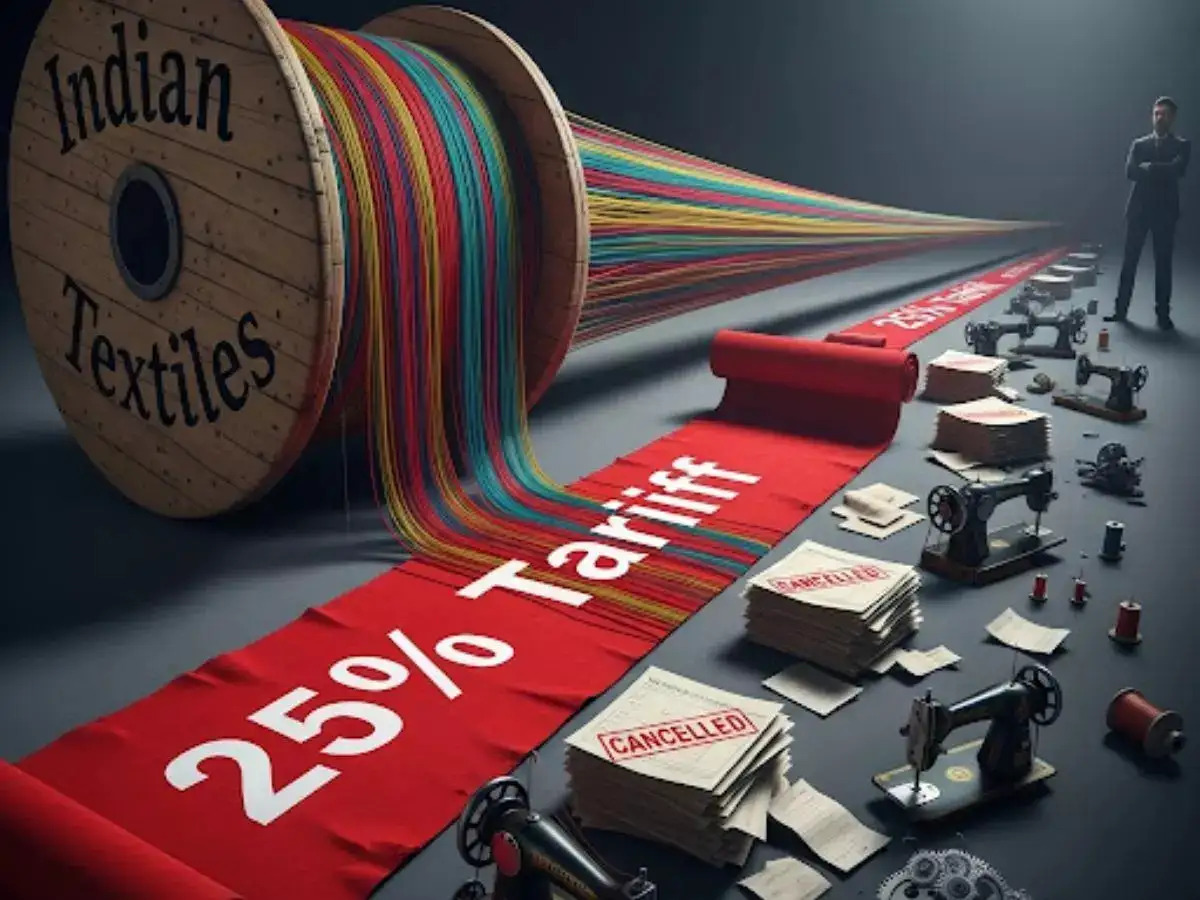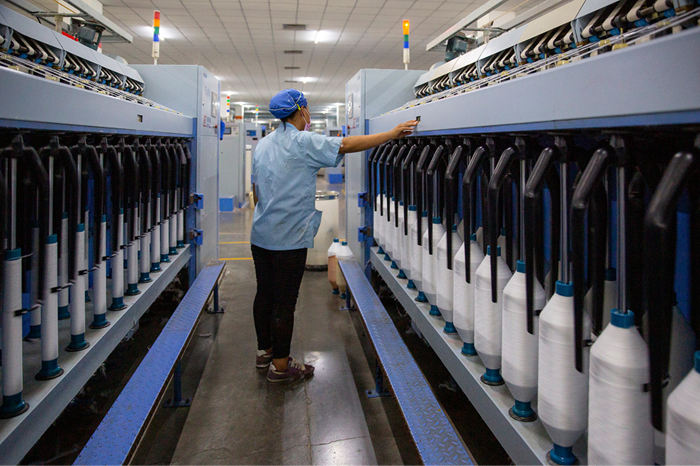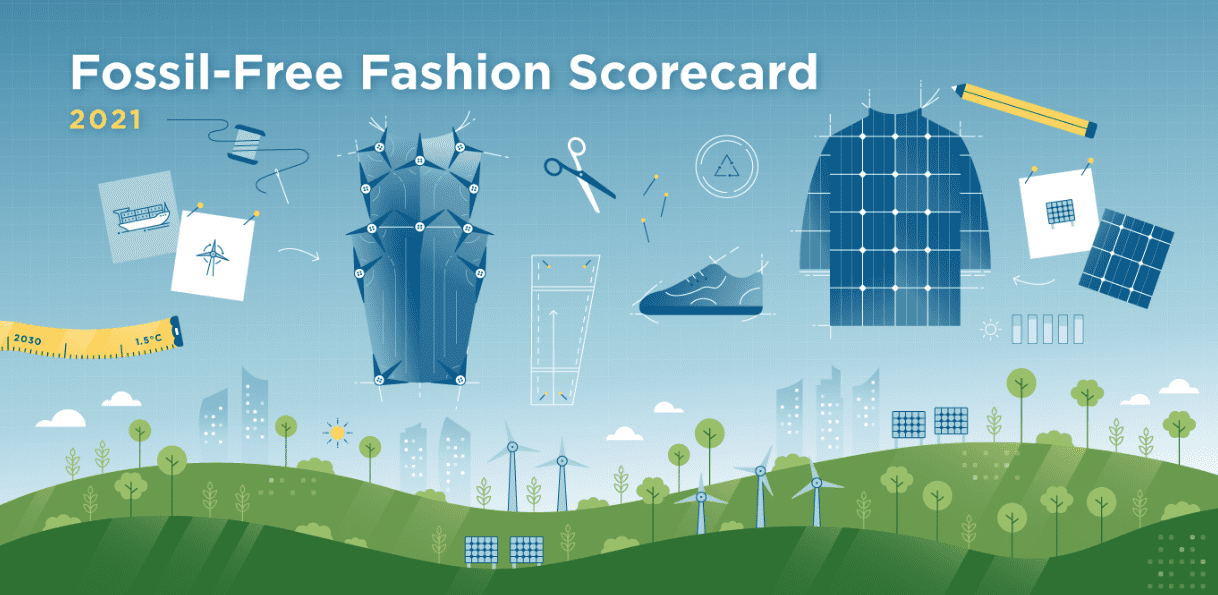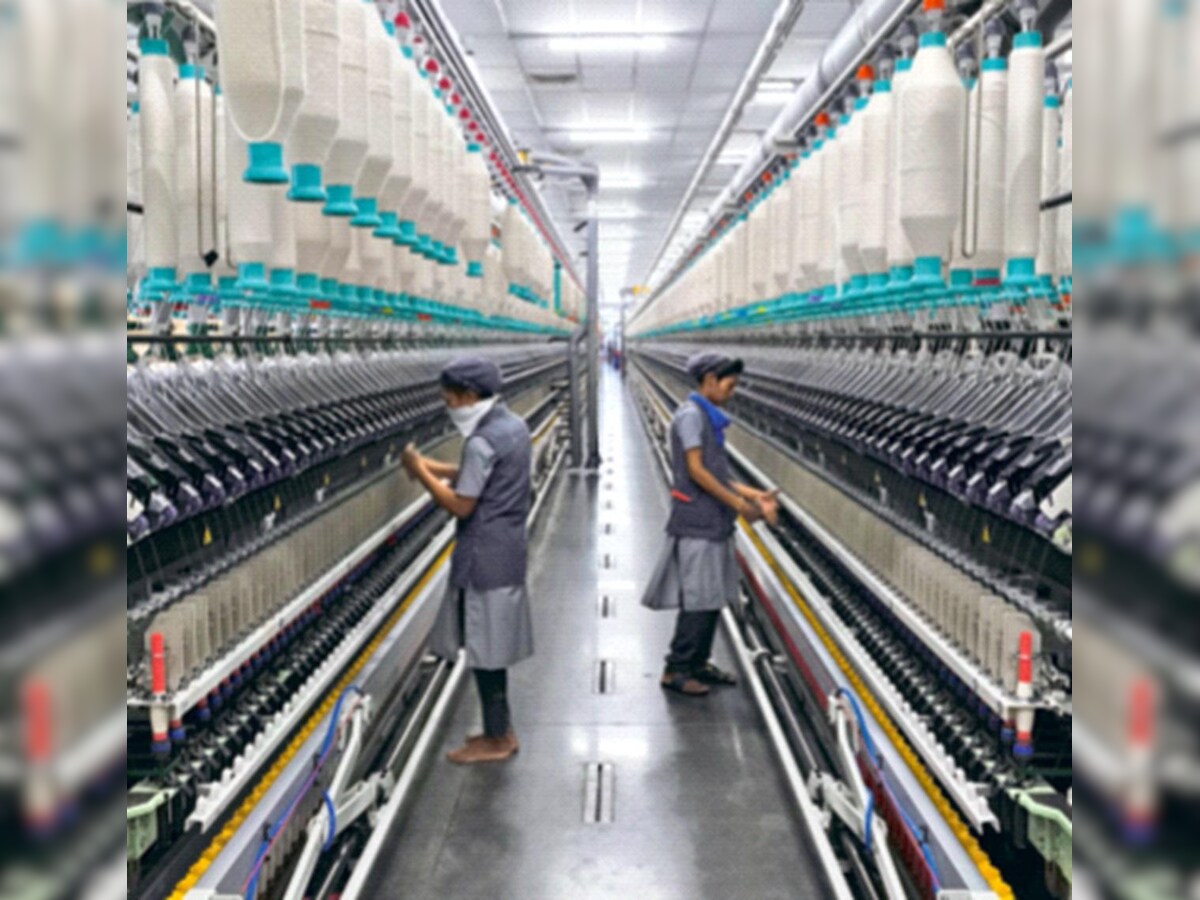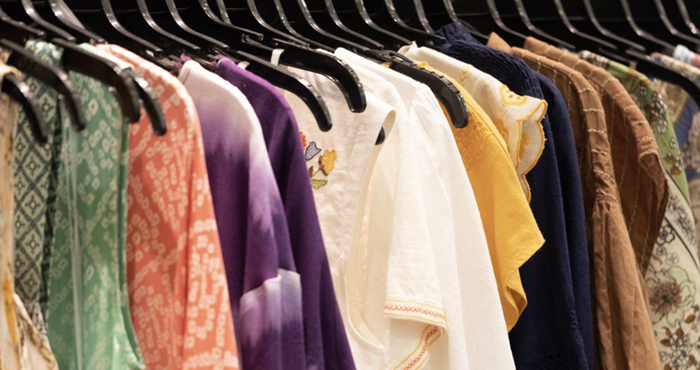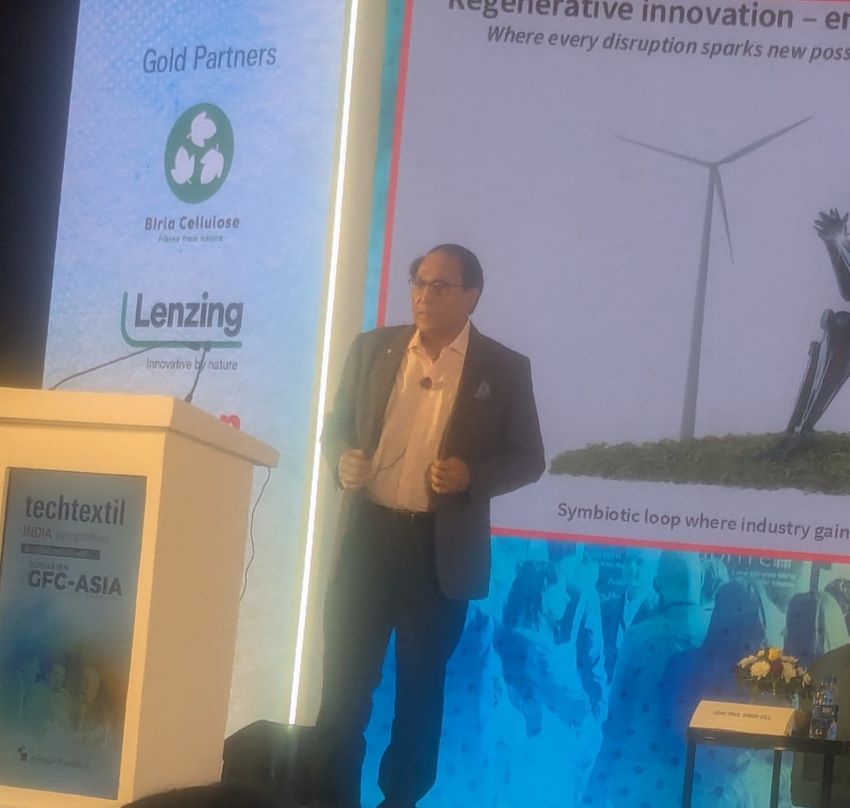FW
Italians are crazy about jeans and have on an average six pairs in their wardrobe. Denim skirts and jackets are also popular with both Italian men and women, who possess on an average a greater number than their counterparts in China, Germany, and the UK.
In Italy an informal look in the workplace is no longer restricted to casual Fridays as in the UK, where just 16 per cent of respondents wear jeans to work. At least 52 per cent of Italians wear denim regularly and 45 per cent wear jeans or denim shorts at least five times a week, compared to 30 per cent in Germany.
A vast majority of Italian consumers buy clothes when they are on sale or during special promotions, while over one in three are willing to sacrifice quality to cost. Buying clothes that are eco-friendly is a priority for 57 per cent of Italians, particularly in the over-35 category; this group considers cotton to be the safest fiber for the environment followed by wool and silk. Cotton is considered the most authentic fiber by 85 per cent of respondents and the most reliable and sustainable by 80 per cent.
Comfort and quality are the most important factors in determining choice, followed closely by price.
Designers are creating smart clothing and beginning to push the boundaries of utility for the next generation’s pioneers who plan to leave Earth for Mars.
Private companies are latching onto fashion trends that seem to move in the direction of the nascent space apparel market. And space companies are prepared to meet them half way. Virgin Galactic conscripted Adidas and Japanese designers Yohi Yamamoto to partner and design a new kind of space suit that will let tourists withstand spaceflight while looking fly. And SpaceX has pulled in model Karlie Kloss to show off duds being created by legendary costume designer Jose Fernandez.
Meanwhile, NASA is revamping their spacesuits to allow astronauts to move around on the surface of other worlds more safely and comfortably. In case it wasn’t already obvious, this new design is in line with the agency’s current focus to send astronauts to Mars - and allow them to live and work in a permanent outpost on the red planet.
This is significant because settlers will need specialised clothing to facilitate their day-to-day activities on other planets. The notion of a good-for-all-season uniform ceases to make sense when behaviors become too varied. There will need to be varieties of clothes outfitted with varieties of technologies. We can reasonably expect different types of devices to run these different garments as closed systems. A good example of the hardware required to accomplish this actually debuted at New York Fashion Week this year. Intel’s Curie Module incorporates bluetooth, a gyroscope, motion sensors, batteries, and 80 kilobytes of RAM. For the moment, it makes dresses light up. It could do much more.
VAT hike from 11 per cent to 15 per cent since May has increased the cost of production in Sri Lankan manufacturing sector. This will lead to losing competitive edge with other countries in the region, Federation of Chambers of Commerce and Industry of Sri Lanka (FCCISL) president Sarath Kahapalaarachchi said.
FCCISL called on the government to simplify VAT system by reducing the rate from current 15 per cent to 5 per cent and asked the state to clear up misunderstandings on how it should be levied as this is harming profits. He criticised the government for failing to explain specific stages at which VAT should be imposed, insisting this misleads producers and consumers. According to him, retailers and manufacturers should be educated clearly on what VAT is, how it should be charged and how to register with the Income Tax Department for VAT.
The Federation had received several complaints during the past month on how retail stores within the same shopping complex sold goods at different prices due to the VAT increase. Accordingly, the companies who were registered for VAT had charged higher prices over the rest. This has resulted in a considerable fall in sales.
Exporters in Bangladesh have expressed worry about the proposed hike in tax at source and the proposal to raise the corporate tax for the apparel sector in the new national budget. They say the budget has no special monetary policy guidelines for the garment sector and no guidelines for investment or encouraging investment.
They fear the proposed hike in tax at source for the export-oriented industry will affect the sector negatively and comes at a time when the country’s top foreign currency earning sector has been facing tough times. The plan is to increase to 1.50 per cent the tax at source from the existing 0.60 per cent on all types of export of apparel for the coming financial year.
Apparel makers are now paying 0.60 per cent tax at source in the outgoing fiscal. Exporters say the proposal must be reconsidered and the main foreign currency earning industry should be helped to maintain growth. The garment industry in Bangladesh accounts for about 80 per cent of the country’s total export earnings. The budget also proposes a 20 per cent corporate tax for the garment sector. Exporters want this to be reduced to 10 per cent in the coming fiscal.
YiwuTex will be held in China, June 14 to 16, 2016. This is a textile machinery exhibition that aims at enhancing in-depth communications between exhibitors and visitors regarding the development and market situation of the textile industry in different countries and regions. It is a great opportunity for overseas buyers to keep abreast of new textile technologies and source for the latest machinery.
Many leading knitting, hosiery and garment enterprises have confirmed to visit YiwuTex 2016 as they regard it as a significant platform to meet with business partners and gather up-to-date market news.
Embracing the new opportunities and challenges brought about by advanced technology, YiwuTex 2016 will keep focusing on intelligent manufacturing, new design and fabric innovation. The show offers fully-automated and sustainable products and manufacturing solutions that help textile manufacturers in achieving better energy efficiency and cost effectiveness in the new textile epoch. YiwuTex 2016 will feature over 160 global top-notch exhibitors.
Symposiums will have experts sharing comprehensive upstream and downstream solutions of the textile industry. Topics cover a full spectrum of knitting technology, digital printing technology, pattern design, sustainable solutions and branding methodology that help enterprises increase productivity and save manpower, in order to achieve better cost-effectiveness.
Nearly 70 Indian textile and garment companies are looking for opportunities to invest in Vietnam’s garment and textile industry especially in production and supply chains of materials for the sector. Advantages for Indian firms investing in Vietnam include: fairly developed infrastructure, abundant and cheap workforce, and stable security. Specific textile projects are calling for investment in central Vietnam with advantages relating to location, procedures and services supporting investment in industrial parks.
India has a plan to provide such enterprises with an assistance package worth $100 million. Indian firms have however expressed their concern about credit loans for investment in Vietnam and the possibility of forming bonded warehousing in the country.
Vietnam is also looking to Indian investment in new business sectors where India has advantages -- infrastructure and power generation and distribution, IT, education and pharmaceutical research. Vietnam is now one of the leading investment destinations in Asean. It is now one of the top three Asean exporters to the US, ahead of Thailand and Malaysia. Vietnam accounts for 20 per cent of Asean exports to the US, and, if present trends continue, it will have a market share of more than 30 per cent by 2020.
Reliance Industries has temporarily shut down its purified terephthalic acid (PTA) and polyethylene terephthalate (PET) plants at Dahej, Gujarat, due to shortage of water at the complex. Reason: lower release of dam water, and significant increased in salinity of water supply to manufacturing complex, there is shortage of the right quality of industrial water at the Dahej complex. As a response, RIL is running on reduced capacity in some of the plants and has temporarily shut down its PTA and PET plants.
RIL has a 2.3 million metric ton per annum (MMTPA) of PTA capacity and 650 kilo ton per annum (KTPA) of PET capacity at its Dahej manufacturing complex. Reliance Industries has initiated alternative arrangements for water and is closely monitoring the situation. The company has also used the current situation to carry out planned maintenance and reliability activities. It is in a state of readiness to resume full supplies as soon as the water availability and water quality issues are resolved.
Meanwhile, Reliance Industries is ensuring a continued supply of PTA to the domestic market from its Hazira and Patalganga manufacturing complexes. The PET plant consists of two lines with a combined manufacturing capacity of 650 KTA.
The South India Garment Fair will be held in Bangalore, July 21 to 23, 2016. This is an important event for the domestic market, especially in South India. The fair will feature top Indian brands that who will display their latest collections while new and upcoming brands get a chance to showcase their creativity. It will act as an ideal platform for brands and they will get a chance to book orders from dealers, wholesalers and retailers who will be visiting the show.
The fair has a collection which covers everything from wedding apparels to casual clothes. This includes apparels, lingerie, undergarments, accessories, mannequins. So there are jeans for men and women, wedding apparel which includes sherwanis, lehengas and heavily embroidered saris, T-shirts, pullovers, trousers, silk shirts, formal shirts, casuals.
The event is being organised by the South India Garment Association (SIGA). SIGA was formed more than a decade ago. The vision behind its formation was to create a platform for manufacturers, distributors, agents as well as retail traders.
The Autumn/Winter 2016 collection for men, women and kids will be displayed and visitors from many states will visit the fair. The last edition which was visited by 1200 buyers was highly appreciated.
An apparel and garment making center has opened in Mizoram. The growth of the garment industry in Mizoram will also provide a fillip to traditional sectors like handlooms, handicrafts and silk etc. and help them to convert traditional designs into modern garments.
Mizoram has been sanctioned six projects across sericulture, handlooms and apparel and garmenting with a total project cost of Rs 114.82 crores, with the Government of India’s share being Rs 102.90 crores. The aim is to achieve convergence across all the projects so that an ecosystem of an integrated value chain with the requisite backward and forward linkages is created.
The apparel and garment making center in Mizoram is one of the eight such centers being set up in the north east. Such centers have already opened in Nagaland and Tripura. Each apparel and garment making center is estimated to generate direct employment for 1,200 people. Each state will have one centre with three units, each having 100 machines. For local entrepreneurs with the requisite background, the required facilities to start a unit will be provided in the plug and play mode. Once such entrepreneurs get established, they can set up their own units, allowing the facility to be provided to new entrepreneurs.
"The US Congress last July gave the President fastrack authority, or Trade Promotion Authority (TPA), which led to the conclusion of negotiations over the TPP in February this year as the most positive step so far. In other words, US lawmakers will give the trade pact an up or down vote, without any amendment."
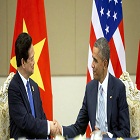
On his recent visit to Vietnam President Barack Obama promoted the ratification of the TPP trade agreement. However, the moot point is, if the President will be able to make it possible on the other side of the equation - the US Congress to pass it in the remaining time of his presidency. According to the resolution made in April, Vietnamese lawmakers would enact the Trans-Pacific Partnership trade agreement (TPP) at the first sitting of the new National Assembly. The government has even assigned relevant agencies the task of revising laws and regulations to conform to the TPP.
Meanwhile, the US Congress last July gave the President fastrack authority, or Trade Promotion Authority (TPA), which led to the conclusion of negotiations over the TPP in February this year as the most positive step so far. In other words, US lawmakers will give the trade pact an up or down vote, without any amendment.
TPP faces an uncertain future
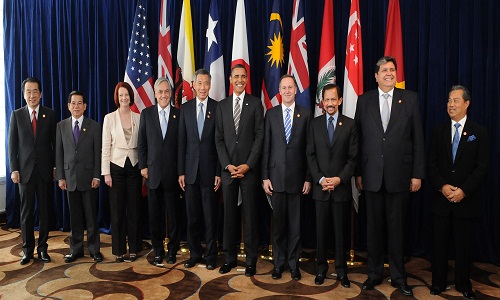
However, so far nobody can say when the US Congress would discuss TPPs ratification. And 2016 being an election year, ratification, remains a big question. As a tradition, the US administration often relies on Republicans for the passage of a trade pact because Democrats normally oppose free trade agreements of that nature. Even former Secretary of State Hillary Clinton, who played a crucial role in TPP negotiations, now a US presidential hopeful, has declared her opposition to TPP’s ratification.
Meanwhile the Republican presidential candidate Donald Trump, made it clear a long time ago that the TPP should start all over again. The fact that leading US presidential candidates have turned their back on the TPP also means that US lawmakers would not ignore it if they want to win support from voters who want to reinstate protectionism.
Consequently, what Obama could do, is to manage and bring about the discussion and ratification during the “lame duck” session, meaning when new Congress has been elected but has not taken office, ratification by incumbent lawmakers may not influence the prestige of every of them. Whether Obama could make this possible remains unanswered, at least as far as his Democrats are concerned.
The TPP can be effective without the ratification of all 12 members. Within the next two years, if at least six countries accounting for 85 per cent of the trade pact’s gross domestic product (GDP) could ratify it, then the agreement would take effect after 60 days (after the two-year term ends).
The US however, alone makes up 62 per cent of the TPP’s total GDP while Japan accounts for 17 per cent. The trade pact will never materialise if one of these two countries does not endorse it. Furthermore, in the case of Vietnam, main benefits from the TPP are from trade with the US. Everybody expects 98 per cent of the value of Vietnam’s agricultural and fishery exports and 75 per cent of industrial exports stateside to be exempted from import tariffs as soon as the TPP becomes valid. Likewise, up to 95 per cent of tax lines effective on textile and garments will be exempted or slashed with the TPP validity.
‘Rule of Origin’ vital for eligibilty
To be eligible for TPP favorable tax rates, Vietnam’s textile and garment exports have to meet the ‘yarn forward’ rule of origin. That’s why Vietnam has welcomed foreign-invested projects in weaving and dying industries. Despite frowns of concern over the environmental effect, the ‘yarn forward’ phrase may have gained enough weight to partly impact endorsements of these projects. One could conclude that whatever Obama would say or whatever the American political scene could be, the environmental factor will be the decisive factor, not the urge from somebody or industry.

